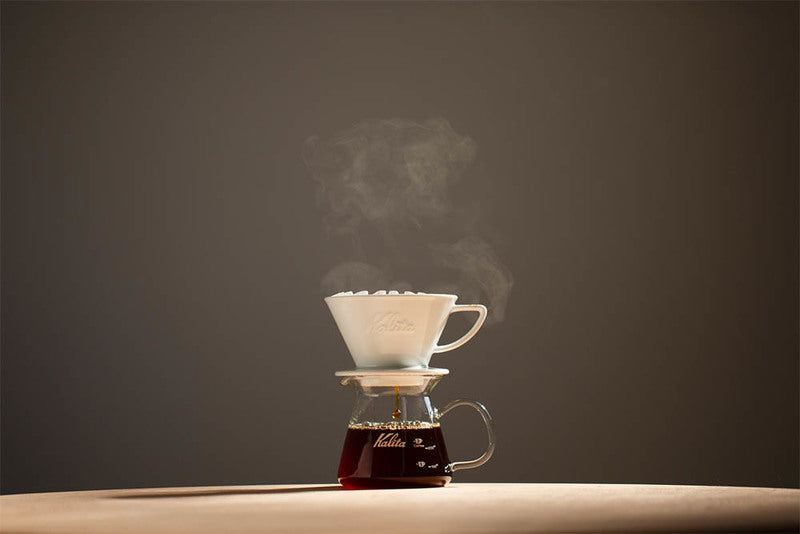I have wanted to write this blog for some time now. As the green coffee buyer for our company, I constantly wonder if a coffee will be good as filter. I often ask myself, “Will our customers and staff find it unique enough to buy or promote well?” Over the years of asking this question however, I have also wondered what it is exactly that makes a “good” filter coffee.
My curiosity largely stems from the fact that I hail from America. You see filter or “drip” is the default coffee diet of nearly every American. Most Americans have a coffee machine sitting on their kitchen counter top and would not dare start their day without having that first cup of Joe. Not that every house made cup is quality, but our coffee culture definitively starts here. That is why a latte or cappuccino are still largely seen as a luxury item, even if affordable.
In Australia, on the other hand, coffee culture begins in the café. Maybe this is evidence of Australia’s European heritage, but if an Australian is enjoying a cup of coffee, it is generally assumed they are visiting a café. Sure, some people have an Aeropress or some kind of pour over at home, but they still only make up a small percentage of the broader Australian coffee drinking population.
I bring up these cultural differences because cafés largely build their business around espresso. Thus, those introducing filter to the Australian coffee scene had to take a unique angle in order to fight for significance in the café landscape. So filter has often been either 1) extremely lightly roasted or underdeveloped and 2) only been made with top end coffees. Essentially, both these things were done for the same reason – to demonstrate a definite difference to espresso – but both are important as we consider the question of what constitutes a good filter coffee.
The first issue around roast is somewhat unfortunate. I get the intention behind the action (i.e. to highlight the inherent character of the coffee), but I often don’t really like it in execution. Unfortunately, many filter roast profiles forget that development is still of key importance. Too often, I taste filter that I would label as “green”. Sure it has great acid, but it also has a grassy or straw-like flavour that makes it feel generic. Five Senses is not exempt from this battle as we too have had to wrestle through this. However, I openly talk about it because we have identified it as a point of attention and something we want to move away from.
My personal opinion on roasting is that whatever profile you take, it essentially provides a window of use for the end maker or consumer. The roasting process can effectively shift that window from the left to the right. What I hope we do at Five Senses is set the end maker or consumer up in the appropriate window to achieve a desired result/success in the cup.
Coming back to filter, if you struggle to get body or sweetness when you brew a filter coffee or have to take extreme measures to “pull” it from the coffee, then I believe the filter coffee you are using is simply underdeveloped. This is sad, especially when you consider the following point.
The second thing I want to mention, and this phenomenon has been interesting to observe, is that by and large the coffees used to promote filter have been top end coffees (i.e. specially processed coffees, geishas, small lot offerings etc.) Look, I get it! These types of coffees are something to talk about. They are unique, special, and often taste incredible. However, if we ever want our filter coffee offering to be a reliable stream of revenue for a budding café, then this is rarely sustainable. (Throw in what is currently happening with the Australian dollar and the back of house coffee margins are shrinking quickly – and exponentially!)
In truth, I do not want us to stop serving top end coffees for filter, I just do not want filter to be limited to it. I think there is a growing demographic of specialty consumers that are willing to explore filter without it having to have such a point of difference that it is $8.00 a cup – the recent trend to batch brew would seem to justify this.
At the end of the day, a core tenant of the speciality coffee industry is to push boundaries and coffee cultures into places where it has not been. However, our opinions need to evolve and they most definitely should not be constrained in a way that limits experiences that should be approachable and quite simply, enjoyed by many. So I encourage you to reflect, “what is ‘good’ filter coffee?” and be open to the answers that may arise.



